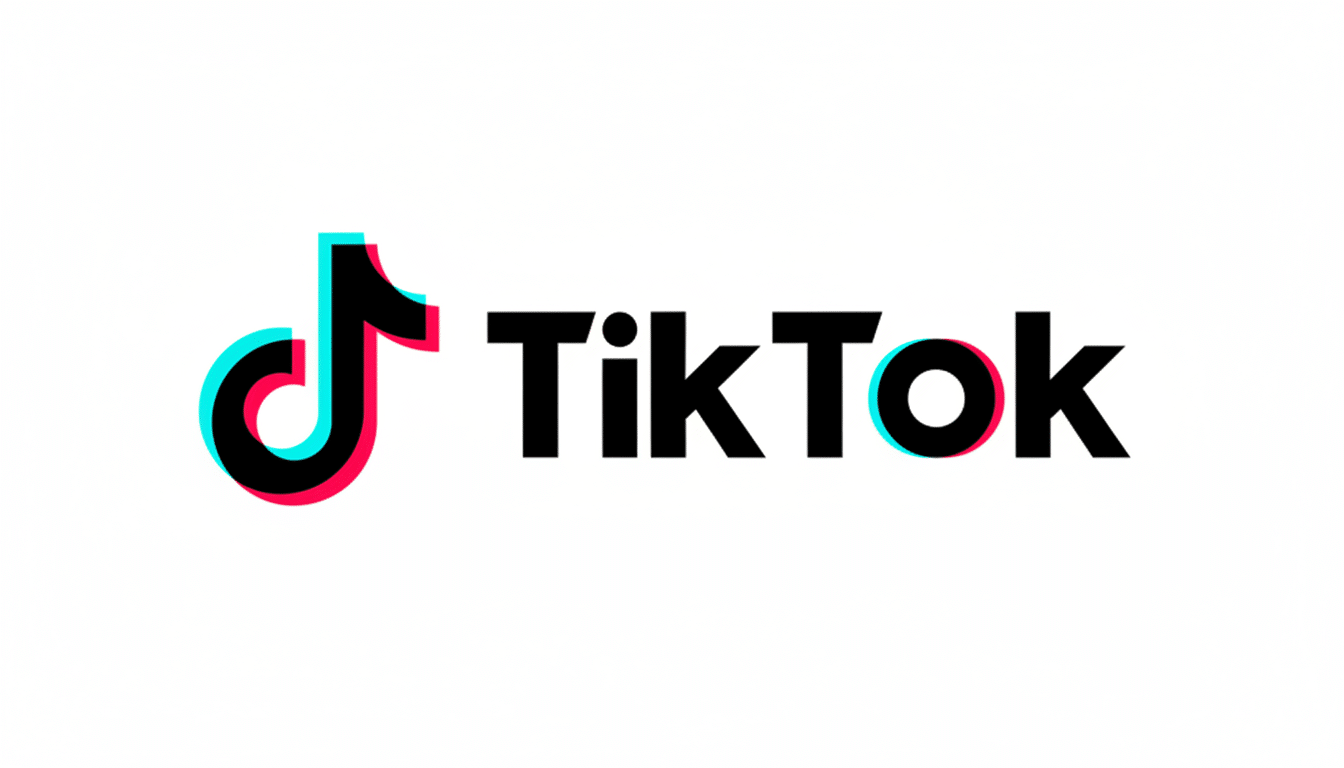Deepfake “Kirkification” memes are proliferating on X, TikTok, and Instagram; creators have plastered Kirk’s face onto well-trodden reaction GIFs, popular viral video moments, and even decades-old image macros. The format is designed for speed: low-effort tools, maximum shock value, and instant recognizability. What began as some isolated edits has grown into a full-fledged meme template with its own name, lore, and lexicon.
What It Means to be Kirkified, And How it Took Off
Crowdsourced as the “Kirkification,” it’s swapping out faces in existing memes with an image of Charlie Kirk, typically for comedic (or darkly ironic) effect. According to documentation by Know Your Meme, an early breakout occurred with a late-September post on X that inserted his head into the popular iShowSpeed “try not to laugh” clip and received approximately 100,000 likes, giving rise to spin-offs. A few weeks later, complete with memes painstakingly face-swapped, such compilations reached TikTok, often accompanied by a caption reading as a mock-solemn tribute that was supposed to get on your nerves.

The appeal is obvious to meme-makers: Slinging a deeply polarizing public figure into the arms of universally known formats multiplies shareability further. It also allows editors to remix existing content without having to write any new jokes; a face swap becomes the punchline. That economy of effort, when combined with algorithmic bias toward high-arousal content, turns Kirkification into a growth hack for engagement.
The Incentives of the Transgressive Internet Meme
The internet has long thrived on flirting with taboos to drive virality. Emotionally laden, surprising content travels farther and faster than boring old truth, according to an analysis of Facebook data by researchers at M.I.T. on how false news spreads on social networks. Kirkification isn’t disinformation, but it relies on the same mechanics: shock, novelty, and the frisson of “posting through” sensitive moments.
There’s also a storytelling layer. What Kirkification edits tend to do is approximate the rhetoric of martyrdom and internet lore, spinning a political persona into a free-floating symbol. The end result is memetic flattening: context collapses, and the face itself becomes a kind of reusable sticker that creators can paste onto posts or into comment threads to telegraph irony, contempt, or in-group fluency.
Cheap Tools Make It Frictionless for Creators
Technically, these are lightweight deepfakes. Creators lean on mobile face-swap apps and open-source pipelines — like FaceFusion, DeepFaceLab, or Roop — as well as video editors and CapCut templates to complete the task. Lip-sync models such as Wav2Lip and ubiquitous AI upscalers help clean up the result. None of that needs a workstation; all you need is a midrange phone and 15 minutes to make something “good enough” for a scroll-by audience.
It is impossible to detect at scale, but the tells are all familiar: glassy skin-tone mismatch at edges, inconsistent specular highlights, hairlines smudging under motion blur, and micro-expressions that do not line up with source. Watermarking standards like C2PA may be able to authenticate originals, but most old memes and screen-recorded reposts don’t have provenance metadata for downstream determinations.
Platforms Wrestle With Labeling And Context
TikTok’s policy on synthetic media mandates that AI-generated content must be labeled as such — and generally forbids realistic portrayals of nonconsenting individuals — but it makes some room for public figures, satire, and social commentary. X has the manipulated media rule on its books, but it hasn’t been enforced very consistently as policies have changed. The meme is a form: it’s funny, referential, its remixes are quick and grungy — exactly the gray area where context does network harm.

Moderation teams are, in effect, damned if they do and damned if they don’t: The face-swapped reaction GIF can be taken as parody by one audience while being read as authorial proof-of-life, contempt, or deliberate misrepresentation by another. The same clip could be captioned sincerely, ironically, or with bait-and-switch text to evade enforcement. At scale, such uncertainty can overwhelm automated systems.
Why It Matters Beyond the Jokes and Memes
Public figures are fair game when it comes to satire, but deepfake memes muddy reputational, legal, and emotional lines. They can retraumatize families, muddy the timeline for journalists and archivists, and plant bits of out-of-context audio that come back as “evidence” down the line. Fifty-nine percent of global survey respondents in the Reuters Institute’s 2024 Digital News Report said they were concerned about being able to tell real from fake online; memetic deepfakes aren’t making that challenge worse on their own, but they help add to a general fog.
Even the broader deepfake ecosystem is growing, too. Analyses from Sensity AI and academic labs detail the rapid growth in easily accessible face-swap tools and repeated patterns of abuse. Although the vast majority of detected deepfake videos in years past have been nonconsensual sexual content, that same toolchain now fuels political satire, reputational smears, and the kind of “ambient disinformation” that undermines trust in truth without even having to make any actual factual assertions.
How Creators and Viewers Can React Responsibly
For creators, the easiest guardrails are disclosure and context: label synthetic edits as such, don’t hint that a real person is speaking or acting out something they aren’t doing in reality, and try to refrain from importing others’ grief and violence for cheap punch lines. Viewers might do a quick sanity check — track down the original clip, see if there’s odd facial warping, scour comments for source links, and favor accounts that offer provenance or behind-the-scenes process notes.
For platforms and policymakers, the playbook is more clear: Invest in provenance standards, advance per-post labeling augmented by visible context cards, prioritize friction for first-time viral uploads that display facial deformation signatures. Independent documentation provided by communities like Know Your Meme, as well as newsroom verification teams and fact-checking organizations, can offer audiences the reference points they need in order to cut through a fast-moving trend such as Kirkification.
Kirkification may pass with the meme cycles, but the forces that drive it — cheap generation, algorithmic distribution, and ambiguity that rewards engagement (plus all the other things) — aren’t going away. The question isn’t whether this format takes off; it’s whether our collective literacy can keep pace.

